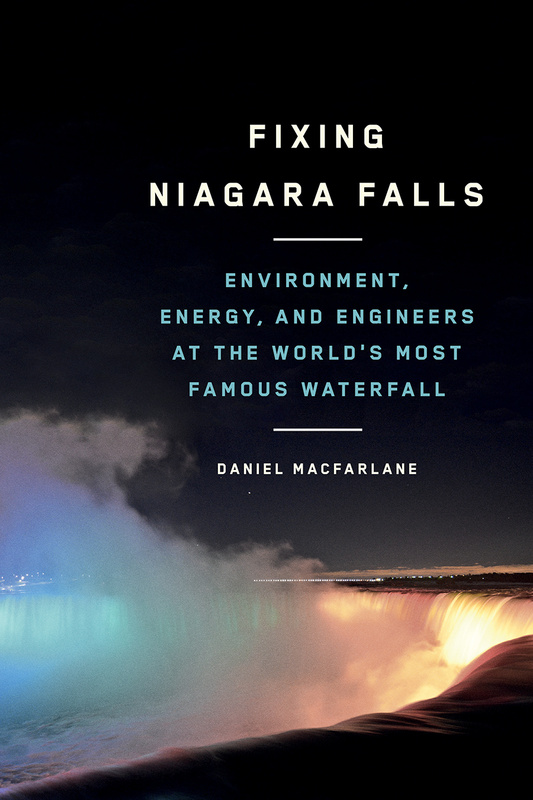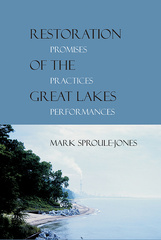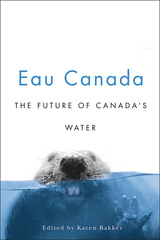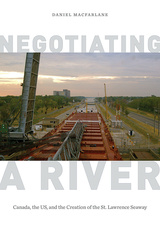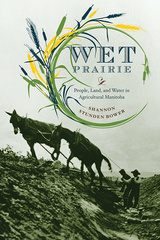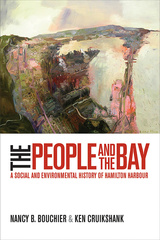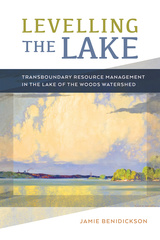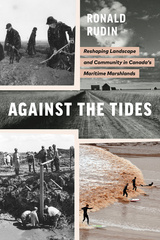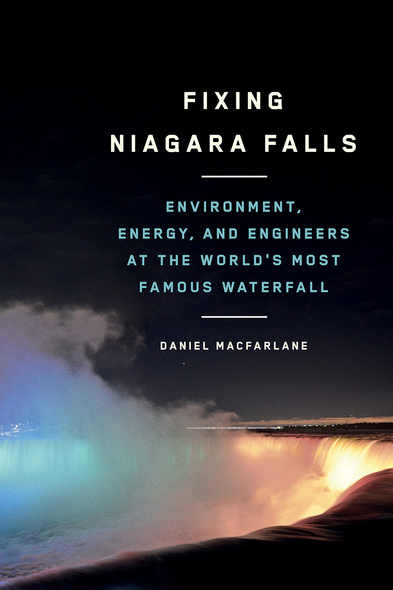
Fixing Niagara Falls
Environment, Energy, and Engineers at the World’s Most Famous Waterfall
Since the late nineteenth century, Niagara Falls has been heavily engineered to generate energy behind a flowing façade designed to appeal to tourists. Essentially, this natural wonder is now a tap: huge tunnels channel the waters of the Niagara River around the Falls, which ebb and flow according to the tourism calendar.
Fixing Niagara Falls reveals the technological feats and cross-border politics that facilitated the transformation of one of the most important natural sites in North America. Daniel Macfarlane details how engineers, bureaucrats, and politicians conspired to manipulate the world’s most famous waterfall. During the first half of the twentieth century, the United States and Canada explored various ways to maximize hydropower from the Niagara River while “preserving” the Falls. Decades of environmental diplomacy and transborder studies led to a 1950 treaty that allowed new hydro-electric stations to funnel most of the river’s water to generate power. To facilitate these diversions and lessen the visual impact of redirecting so much water, the two nations cooperated to install a range of control works while reshaping and shrinking the Horseshoe Falls.
This book offers a unique perspective on how the Niagara landscape embodies both the power of technology and the power of nature.
Scholars of environmental history, Canada-US history, and technology history will find this book invaluable, as will those responsible for water policy on both sides of the border. Visitors to the Niagara landscape will also be fascinated by this engaging story of the world’s most famous waterfall.
Awards
- 2020, Winner - Honourable Mention - Wilson Book Prize, The Wilson Institute for Canadian History at McMaster University
Macfarlane has crafted an exemplary work of scholarship.
Historians and general readers interested in the Falls and in issues connected with the associated technological and political background will appreciate this work.
Fixing Niagara Falls is an excellent monograph that cleverly analyzes how engineering interventions and human hubris helped make the Niagara Falls that we are familiar with today.
… Macfarlane’s great contribution is to provide a comprehensive account of the creation of the engineering complex at Niagara Falls…
With this carefully researched study, we find in Niagara Falls a locus of past concerns that reverberate today: the realities of appropriation, the hubristic underbelly of 'green' energy, the politics of energy transitions and exports, the power struggles between provincial, state, and federal governments.
I've always loved Niagara Falls – it is sublime. And no less so, I think, once you read this book and understand how it came to be. It speaks of nature's power but also of a dozen epochs and the ideas of the people who shifted and shaped it over the last centuries. This is engaged and engaging history.
Once an icon of untrammelled wilderness and inexhaustible natural resources, over the past two centuries Niagara Falls has been harnessed for hydropower to the point that today it is a roaring paradox – a man-made natural wonder, an amusement park for nature seekers. Yet the Falls are still worth visiting because they are still one-of-a-kind spectacular, and so is Daniel Macfarlane’s (not-so-natural) history of how it all happened.
How do you write an original book about Niagara Falls, when so many excellent books about the Falls have already been written? Macfarlane shows it’s possible. In this fascinating and well-crafted study, Macfarlane weaves together energy histories, toxic histories, and cultural readings in his analysis, while foregrounding the waterfall itself. He shows that Niagara Falls today is a mesmerizing mixture of nature and culture, radically re-made in service of industrial capitalism. This is truly a transboundary analysis, paying close attention to evolving ideas about the public good and the role of nature in industrial North America.
Fixing Niagara Falls is unlike any other book that I know of, framing the Niagara landscape as an example of the ‘technological sublime’ devoted both to beauty and power.
Daniel Macfarlane has surely read most – if not all – relevant books on Niagara Falls in his research for this truly cross-border history of one of the most important natural sites in North America.
In Fixing Niagara Falls we find Niagara serially harnessed, saved, negotiated, empowered, disguised, preserved, and fabricated. Through these pages we come to understand the Falls as an extremely complex, ever-changing entity.
Foreword: Iconic Falls, Contrived Landscapes, and Tantalizing Opportunities
Graeme Wynn
Introduction: Characterizing Niagara
1 Harnessing Niagara: Developments up to the Twentieth Century
2 Saving Niagara: Innovation and Change in the Early Twentieth Century
3 Negotiating Niagara: Environmental Diplomacy and the 1950 Treaty
4 Empowering Niagara: Diversions and Generating Stations
5 Disguising Niagara: The Horseshoe Falls Waterscape
6 Preserving Niagara: The American Falls Campaign
Conclusion: Fabricating Niagara
Notes; Bibliography; Index

